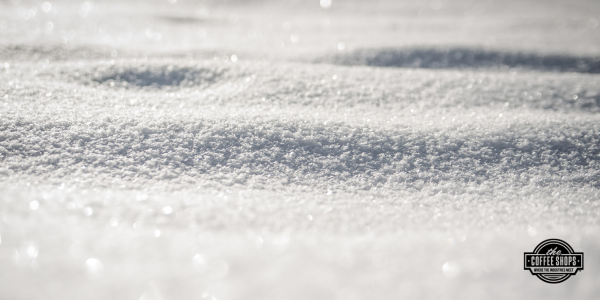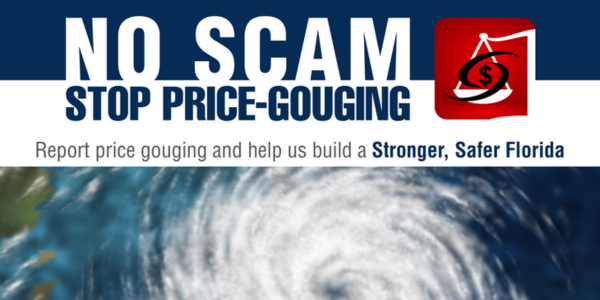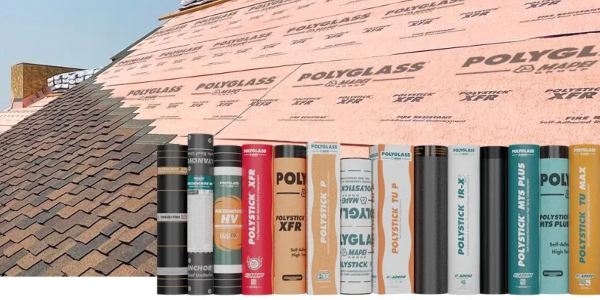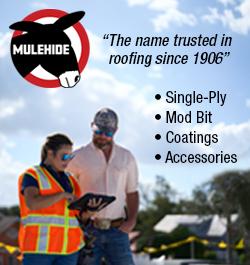UP TO THE MINUTE
Best ways to protect commercial roofs from harsh weather
December 21, 2024 at 6:00 a.m.By Sara Jonas, ICP Group.
Extreme weather is on the rise. Here’s how the right strategies and technologies can help commercial roofing more reliably withstand high winds, storms and other threats.
The increasing frequency of extreme weather events can be a cause for concern for commercial property owners. Whether it’s hurricanes, severe hail, snowstorms or other events, such events have the potential to wreak havoc on commercial properties, causing significant structural damage, leading to costly repairs or, in a worst-case scenario, complete rebuilding. Extreme-weather-related disruptions have the potential to cause harm to workers, disrupt production schedules and impact the bottom line.
A property’s roof is potentially one of the most vulnerable targets for damage — but with the right proactive measures, it can instead be the property’s first line of defense. Indeed, for commercial building operators, a reliable and long-lasting roof contributes to operational security, safety and risk avoidance.
For roofing contractors and professionals, there is significant opportunity to help property owners best prepare their structures for extreme weather with the right roofing strategies. In this article, we’ll explore some effective tactics that roofers can apply to help commercial property owners best prepare themselves for potential weather extremes.
Inspection and maintenance
Regular inspection and good maintenance practices are essential to a commercial roof’s ability to withstand severe weather. A roof that has not been maintained properly is far more likely to suffer damage when a hurricane or similarly severe weather event strikes. Regular inspection further enables you to identify problem areas and proactively fix them, lest they become a liability during severe weather events.
Commercial roofing contractors can advise commercial property owners on the proper best practices for long-term maintenance and, of course, secure maintenance contracts. Some target areas on commercial roofs to focus on include:
- Roof membranes and flashings: Ensure all flashing and membranes are in good condition. Check for signs of stress, cracking, splitting, wrinkles or blisters. Remove any foreign matter such as balls, shoes, tools, branches, oils, chemicals, liquid or other objects (we’ve seen it all). Then, clean the roof membrane and closely inspect for signs of physical damage.
- Gutters, drains and scuppers: These are the main avenues where rainwater travels off your roof surface and is directed away from the building, so it is crucial that these areas are inspected and maintained. Clean and remove any debris that may be clogging or obstructing the flow of water. Look for any signs of cracking or splitting in the membrane around your drains and scuppers. If anything is noted, it must be repaired immediately by a qualified roofing contractor.
- Metal flashings: Inspect all metal flashings, counter flashings, copings, seams, joints, gravel stops, edge metal and other areas to ensure they are secure and free of rust or deterioration. Any unsatisfactory conditions should be repaired as soon as possible.
- Expansion joints: Check all expansion joints for deterioration, wear and defects. Check the metal components to ensure they are fully secured and free of rust. Make sure the expansion joint is still flexible and resilient. Look for any signs of cracking or splitting while manually flexing the joint.
- Penetrations: Inspect penetrations for signs of wear. Ensure that the base of the penetration remains completely sealed and attached to the roof membrane.
- Pitch pans: Check all pitch pans for shrinkage. As most sealants shrink over time, water may begin to sit on the top of the pitch pan causing rust, leaks and deterioration.
- Rooftop equipment and accessories: Inspect all rooftop equipment for deterioration and areas that are prone to water penetration. This includes HVAC equipment, duct work, curbs, skylights, etc.
Follow the “Four P’s”
If any deterioration, splits, cracks, pulling, tenting or other forms of damage have been found over the course of inspection, it’s important to follow proper repair methods to rectify them. At the simplest level, proper repair methodology can be remembered by the “Four P’s”:
- Prep: Clean the area needing repair and dry so as to best apply the proper product required for repair.
- Prime: Apply the appropriate primer as needed to ensure a good bond between the repair product and the substrate. High-performance primer can serve as a strong foundational base coating for any roof, which can improve adhesion properties for roof membranes over the long term, including around typically problematic areas. Be sure to follow the manufacturer’s instructions on whether a primer is required for long-term performance.
- Patch: Make the repair using the appropriate product. Again, be sure to follow the manufacturer’s instructions in order to best ensure expected performance. The right patching and cement solutions can help eliminate roof leaks quickly — before too much damage has been caused to the building’s interior.
- Protect: Apply the appropriate coating solutions to provide an extra layer of protection. Available silicone, elastomeric or asphalt coatings (dependent upon the application) can add a further level of protection, creating tough and flexible barriers that help prevent wind and water damage associated with severe weather
Maintaining high levels of roof performance depends on utilizing the right technology and following sound preventative maintenance practices throughout the roof’s life. For roofing contractors looking to provide a high-value service to commercial property owners, helping to ensure weather-preparedness can make a big difference.
About Sara Jones
Sara Jonas is vice president of marketing at ICP Group, a provider of professional solutions for a broad range of building and construction applications, including the trusted APOC brand of roofing supplies for residential and commercial applications. For more information about professional roofing solutions, visit www.APOC.com. Sara can be contacted at SJonas@ICPGroup.com.
Learn more about ICP Building Solutions Group in their Coffee Shop Directory or visit www.icpgroup.com.





















Comments
Leave a Reply
Have an account? Login to leave a comment!
Sign In